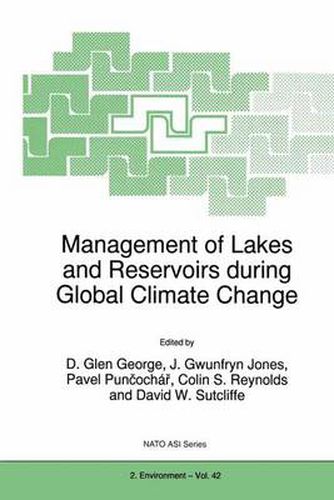Readings Newsletter
Become a Readings Member to make your shopping experience even easier.
Sign in or sign up for free!
You’re not far away from qualifying for FREE standard shipping within Australia
You’ve qualified for FREE standard shipping within Australia
The cart is loading…






This title is printed to order. This book may have been self-published. If so, we cannot guarantee the quality of the content. In the main most books will have gone through the editing process however some may not. We therefore suggest that you be aware of this before ordering this book. If in doubt check either the author or publisher’s details as we are unable to accept any returns unless they are faulty. Please contact us if you have any questions.
If present trends continue, most climatologists agree that the concentration of carbon dioxide in the atmosphere will have doubled by the year 2050. This increase in CO 2 will have a major effect on the global climate and substantially alter the physical, chemical and biological characteristics of lakes throughout the world. In recent years, it has become clear that year-to-year changes in the weather have a major effect on the seasonal dynamics of lakes. Many water quality problems that were once regarded as local phenomena are now known to be influenced by changes in the weather that operate on a regional or even global scale. For example, blooms of toxic blue-green algae can be induced by prolonged reductions in the intensity of wind-mixing as well as increased supplies of nutrients. Long-term studies in the English Lake District have shown that many of these variations are quasi-cyclical in nature and can be related to long-term changes in the distribution of atmospheric pressure over the Atlantic Ocean. It is not yet clear what effect these changes have on the dynamics of European lakes but much of the historical data required to extend these analyses to continental Europe is already available. In the early 1970s the International Biological Programme served as a particularly effective focus for comparative limnological research in eastern as well as western Europe.
$9.00 standard shipping within Australia
FREE standard shipping within Australia for orders over $100.00
Express & International shipping calculated at checkout
This title is printed to order. This book may have been self-published. If so, we cannot guarantee the quality of the content. In the main most books will have gone through the editing process however some may not. We therefore suggest that you be aware of this before ordering this book. If in doubt check either the author or publisher’s details as we are unable to accept any returns unless they are faulty. Please contact us if you have any questions.
If present trends continue, most climatologists agree that the concentration of carbon dioxide in the atmosphere will have doubled by the year 2050. This increase in CO 2 will have a major effect on the global climate and substantially alter the physical, chemical and biological characteristics of lakes throughout the world. In recent years, it has become clear that year-to-year changes in the weather have a major effect on the seasonal dynamics of lakes. Many water quality problems that were once regarded as local phenomena are now known to be influenced by changes in the weather that operate on a regional or even global scale. For example, blooms of toxic blue-green algae can be induced by prolonged reductions in the intensity of wind-mixing as well as increased supplies of nutrients. Long-term studies in the English Lake District have shown that many of these variations are quasi-cyclical in nature and can be related to long-term changes in the distribution of atmospheric pressure over the Atlantic Ocean. It is not yet clear what effect these changes have on the dynamics of European lakes but much of the historical data required to extend these analyses to continental Europe is already available. In the early 1970s the International Biological Programme served as a particularly effective focus for comparative limnological research in eastern as well as western Europe.